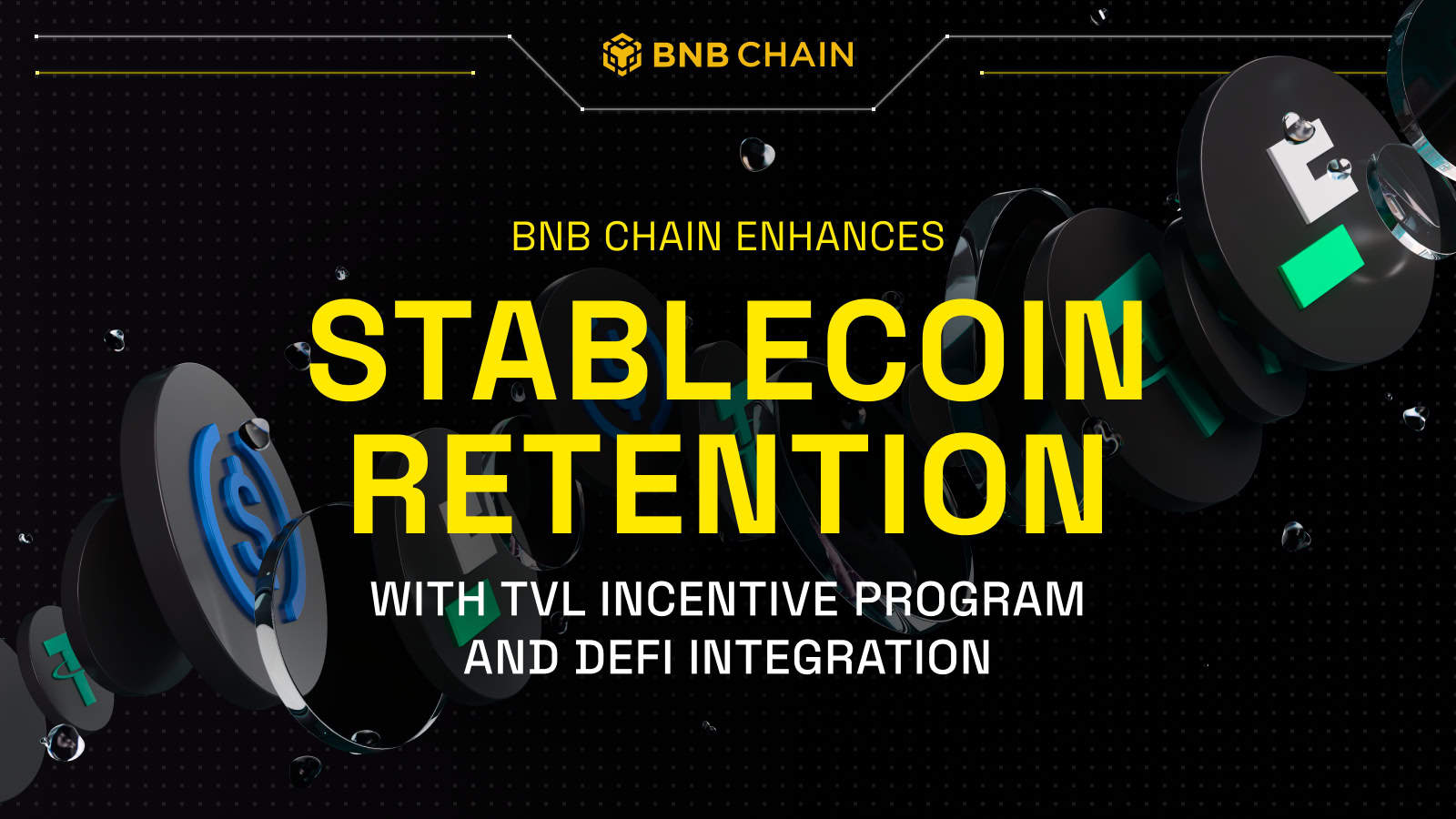ARTICLE AD BOX
Rebeca Moen Oct 22, 2024 12:05
Discover how MSA Calibration Anywhere simplifies sensor calibration for NVIDIA Isaac Perceptor, enhancing robotics and autonomous vehicle applications with efficient, scalable solutions.

In the realm of robotics and autonomous vehicles, ensuring accurate sensor fusion is paramount. Multimodal sensor calibration plays a crucial role in achieving coherence between various perception sensors. According to the NVIDIA Technical Blog, traditional calibration methods often involve complex, costly, and time-consuming procedures that are not easily scalable.
Innovative Calibration Solution
Main Street Autonomy (MSA) offers a modern approach with its Calibration Anywhere software. This solution automates the calibration process, eliminating the need for structured environments and targets like checkerboards. It allows for calibration in unstructured settings, significantly reducing time and resource requirements.
The software integrates seamlessly with NVIDIA Isaac Perceptor, a framework built on NVIDIA Isaac ROS designed to accelerate the development of autonomous mobile robots. This integration aids engineers and perception system developers in achieving precise calibration without extensive manual intervention.
Understanding Sensor Calibration
Sensor calibration ensures that multiple perception modalities, such as lidar, radar, and cameras, provide coherent data. This is crucial for tasks like object detection, depth estimation, and navigation. Proper calibration aligns data from different sensors, preventing misinterpretations that could lead to navigation errors.
Traditional calibration involves determining sensor intrinsics and extrinsics. While intrinsics correct individual sensor data, extrinsics define sensor positions and orientations relative to a shared coordinate system. MSA's solution simplifies this by providing automatic calibration capabilities that work with any sensor layout and environment.
Tutorial Prerequisites
For optimal results, certain conditions are recommended, such as having a nearby textured static structure and sufficient lighting. The sensor system should include devices like 3D or 2D lidars, stereo cameras, and IMUs, with data stored in ROS1 or ROS2 formats.
Calibration involves capturing sensor data through movements, ensuring data quality without gaps, and uploading it to the MSA Data Portal. MSA processes the data and provides a calibration package compatible with NVIDIA Isaac Perceptor.
Implementing the Calibration
Once calibration is complete, the package includes URDF files and other necessary configurations for integration into the Isaac Perceptor workflow. This streamlined process allows developers to focus on enhancing their systems' capabilities without being bogged down by calibration complexities.
Conclusion
MSA Calibration Anywhere revolutionizes sensor calibration by offering a scalable, efficient solution that integrates with NVIDIA Isaac Perceptor. This advancement supports the development of sophisticated autonomous systems by ensuring precise sensor data alignment. For further insights, visit the NVIDIA Technical Blog.
Image source: Shutterstock









 English (US) ·
English (US) ·